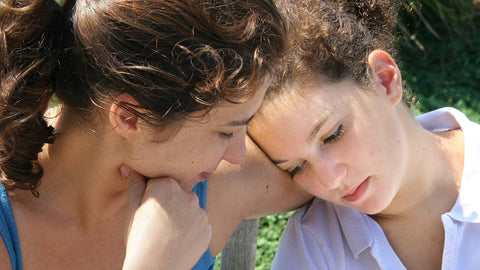Symptoms, Treatment & Prevention of Dengue Fever
Dengue fever has become a major health concern today. Every year anywhere from 50 to 390 million people are infected with the disease. The number of dengue cases has risen dramatically since the 1960s. Today, dengue is a global health concern and is endemic to more than 110 countries. There is no commercially available vaccine for dengue and prevention is the only option. Preventive measures are directed at reducing mosquito populations and limiting exposure to mosquito bites.
Dengue is caused by the dengue virus. There are five serotypes of the virus. The first four serotypes are referred to as DENV-1, DENV-2, DENV-3 and DENV-4. The virus is transmitted by aedes mosquitoes. The principal vector is the A. aegypti mosquito. Mosquitoes which spread dengue generally bite during the day, particularly in the morning or evening. A single bite can result in infection.
Generally, a major proportion of the people infected with the dengue virus do not present any symptoms or show mild symptoms. Severe illness is observed only in 5% of the cases. The condition can be life threatening in a small proportion of the cases. The incubation period for dengue is 3 to 14 days. Characteristic symptoms of dengue include sudden fever, headache, eye pain, muscle and body pains and a measles-like rash. Dengue fever is also known as ‘breakbone fever’ due to the associated muscle and joint pains.
The course of dengue is divided into three phases: febrile, critical and recovery. The febrile phase lasts for two to seven days. Symptoms observed in this phase include high fever (above 40 C) and pain and headache. Nausea and vomiting may also be experienced. In 50-80% of the cases, body rashes are observed.
In some cases, the disease progresses to the critical stage. During this period, plasma leakage occurs leading to fluid accumulation in the chest and abdominal cavities. Depletion of fluid from the circulatory system and reduced blood supply to vital organs may also result. Dengue shock syndrome and dengue hemorrhagic fever are observed in less than 5% of all dengue cases. The critical phase occurs more commonly in children and your adults.
In the recovery phase, reabsorption of leaked fluid takes place. A second rash may present in the recovery phase. Fluid overload may also occur and cause reduced levels of consciousness or seizures in some cases. The feeling of fatigue will last for weeks.
There are no antiviral drugs to treat dengue. Treatment is aimed at maintaining proper fluid balance in the body and providing relief from the symptoms. Paracetamol is prescribed to control fever and reduce discomfort. Oral or intravenous rehydration is used to maintain proper fluid balance. Blood transfusion is prescribed to stabilize hematocrit.
There are no approved vaccines for dengue. However, work is ongoing on a vaccine and medications that target the dengue virus directly. Prevention is sought by reducing mosquito populations by eliminating breeding grounds and using pesticides and limiting exposure to bites using mosquito repellents and protective clothing.
For more information on dengue, visit [http://www.dengue-info.com].
Article Source: http://EzineArticles.com/expert/A._K._Nath/1711830
Article Source: http://EzineArticles.com/8381595

